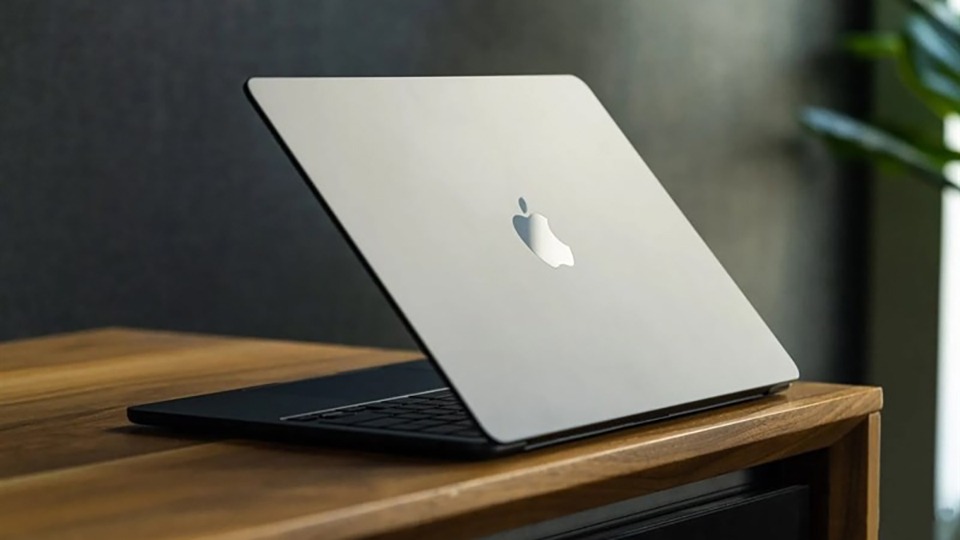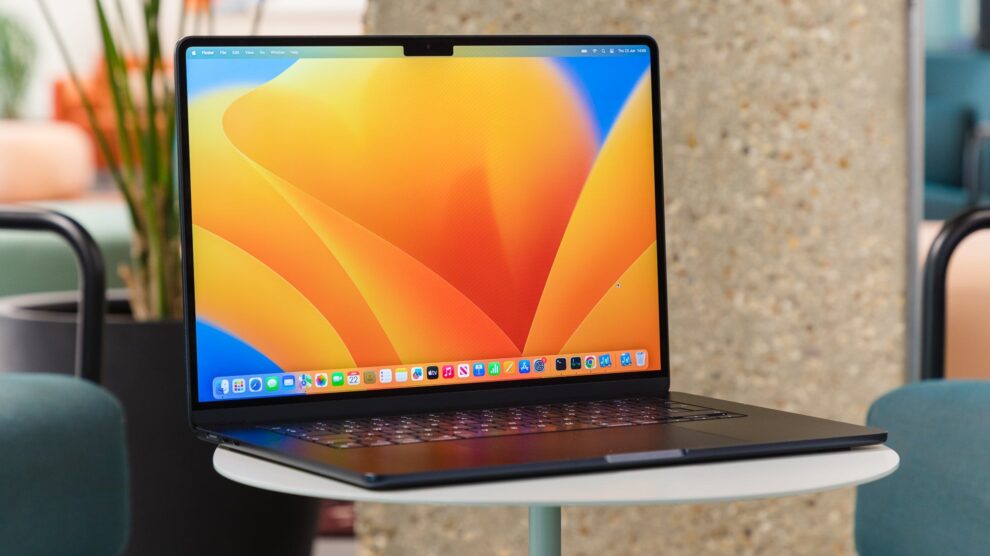Apple has recently unveiled the latest iteration of its popular MacBook Air, now equipped with the M3 chip. While the new chip promises a slight performance boost compared to its predecessor, the M2, it may not be the major upgrade many users were anticipating. Nevertheless, the new MacBook Air comes in two sizes – 13-inch and 15-inch – catering to different user preferences and needs.
The M3 Chip: A Modest Step Forward
The M3 chip, the successor to the M2, offers a modest performance improvement, allowing for faster processing and smoother multitasking. However, the difference in speed may not be significant enough to warrant an immediate upgrade for users who are currently using the M2 MacBook Air.
Despite the minor performance boost, the M3 chip still provides an efficient and powerful computing experience, making it suitable for everyday tasks, such as web browsing, document editing, and media consumption. It is also capable of handling more demanding applications, such as photo and video editing, although professionals in these fields may prefer the higher-end MacBook Pro models.
13-inch vs. 15-inch: Choosing the Right Size
One of the most notable aspects of the new MacBook Air lineup is the introduction of a 15-inch model, alongside the standard 13-inch version. This larger screen size caters to users who require more screen real estate for their work or entertainment needs.
The 15-inch MacBook Air is an excellent choice for users who frequently work with multiple applications simultaneously or those who prefer a larger screen for a more immersive viewing experience. It is also a good option for users who have difficulty seeing content on smaller screens, as the increased size can help reduce eye strain.
On the other hand, the 13-inch MacBook Air remains a popular choice for its portability and compact form factor. It is an ideal option for users who need to travel frequently with their laptop or those who prefer a more lightweight device. The smaller size also makes it easier to use in tight spaces, such as on an airplane tray table or in a crowded coffee shop.
Battery Life: All-Day Productivity
One of the standout features of the new MacBook Air is its impressive battery life. Apple claims that both the 13-inch and 15-inch models can last up to 17 hours on a single charge, depending on usage patterns and settings.
This extended battery life is a significant advantage for users who need to work on the go or those who prefer to use their laptops for extended periods without access to a power outlet. It allows for all-day productivity, making the MacBook Air an excellent choice for students, professionals, and anyone who values long-lasting battery performance.
To achieve this impressive battery life, Apple has optimized the M3 chip for energy efficiency, ensuring that the laptop can perform tasks while consuming minimal power. Additionally, the MacBook Air’s fanless design contributes to its power efficiency, as it eliminates the need for active cooling components that can drain the battery more quickly.

Pricing and Value: Is the Upgrade Worth It?
The new MacBook Air with the M3 chip starts at $1,099 for the 13-inch model and $1,299 for the 15-inch model. While these prices are consistent with previous MacBook Air releases, some users may question whether the minor performance improvements justify the cost of upgrading.
For users who are currently using an older MacBook Air model, such as one with an Intel processor, the M3 MacBook Air may offer a more significant performance boost and could be a worthwhile investment. The M3 chip’s efficiency and speed, combined with the updated design and features of the MacBook Air, can provide a noticeable improvement in overall user experience.
However, for users who recently purchased an M1 or M2 MacBook Air, the M3 model may not offer enough of a performance increase to warrant an immediate upgrade. These users may want to consider waiting for the next generation of MacBook Air, which could potentially offer more substantial improvements in performance and features.
Comparing the M3 MacBook Air to Alternatives
When considering the new MacBook Air with the M3 chip, it is essential to compare it to alternative laptop options in the market. While the MacBook Air has long been a popular choice for its sleek design and reliable performance, there are several competitors that offer similar specifications and features.
For example, the Dell XPS 13 and the HP Spectre x360 are both well-regarded Windows laptops that offer comparable performance, build quality, and battery life to the MacBook Air. These laptops also come with the added flexibility of running Windows, which may be a deciding factor for users who prefer or require the Windows operating system for their work or personal needs.
Additionally, the M3 MacBook Air faces competition from within Apple’s own product lineup. The MacBook Pro models, which feature more powerful chips and additional features like the Touch Bar and active cooling, may be a better choice for users who require more intensive computing power for tasks such as video editing, 3D modeling, or software development.
Future-Proofing: Anticipating the Next Generation
As with any technology purchase, it is essential to consider the long-term value and future-proofing of the device. While the M3 MacBook Air offers a slight performance improvement over its predecessor, it is worth noting that Apple is likely to continue developing and releasing new iterations of its custom silicon chips in the coming years.
As a result, users who invest in the M3 MacBook Air may find that their device becomes outdated more quickly than anticipated, as newer models with more advanced chips and features are released. This is particularly relevant for users who plan to keep their laptops for several years before upgrading.
To future-proof their purchase, users may want to consider waiting for the next generation of MacBook Air, which could potentially offer more significant improvements in performance, battery life, and other features. Alternatively, users who require a new laptop immediately may want to consider purchasing a higher-end model, such as the MacBook Pro, which may have a longer lifespan in terms of performance and relevance.
Conclusion
The new MacBook Air with the M3 chip offers a minor performance upgrade over its M2 predecessor, with the added option of a larger 15-inch screen size. While the improvements may not be significant enough to warrant an immediate upgrade for users who recently purchased an M1 or M2 MacBook Air, the M3 model remains a solid choice for its efficient performance, long battery life, and sleek design.
When deciding whether to invest in the M3 MacBook Air, users should consider their specific needs and preferences, as well as the alternative options available in the market. It is also essential to think about the long-term value and future-proofing of the device, as newer models with more advanced features are likely to be released in the coming years.
Ultimately, the M3 MacBook Air is a capable and reliable laptop that offers a slight improvement over its predecessor. While it may not be a revolutionary upgrade, it remains a strong choice for users who prioritize performance, portability, and battery life in a sleek and well-designed package.










Add Comment